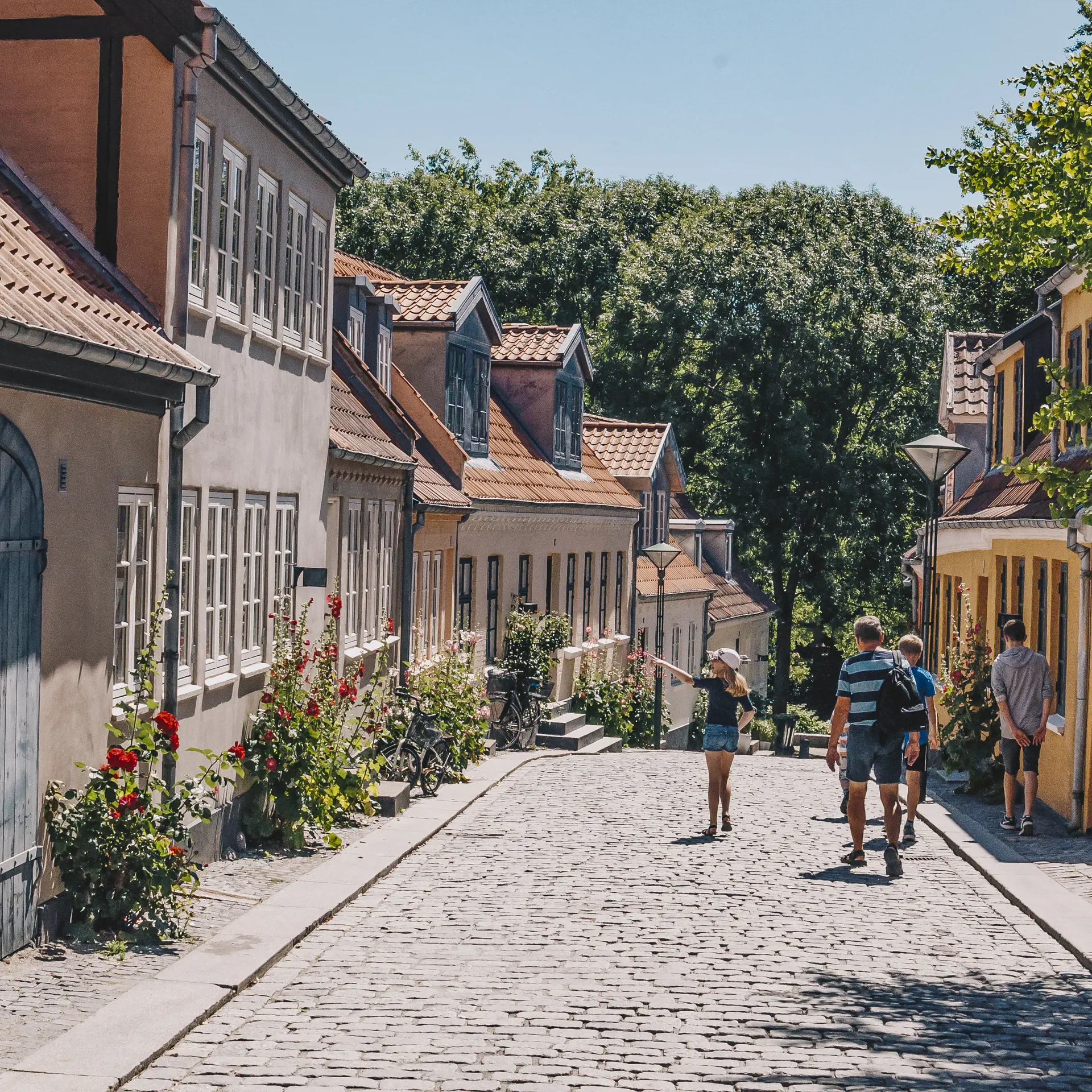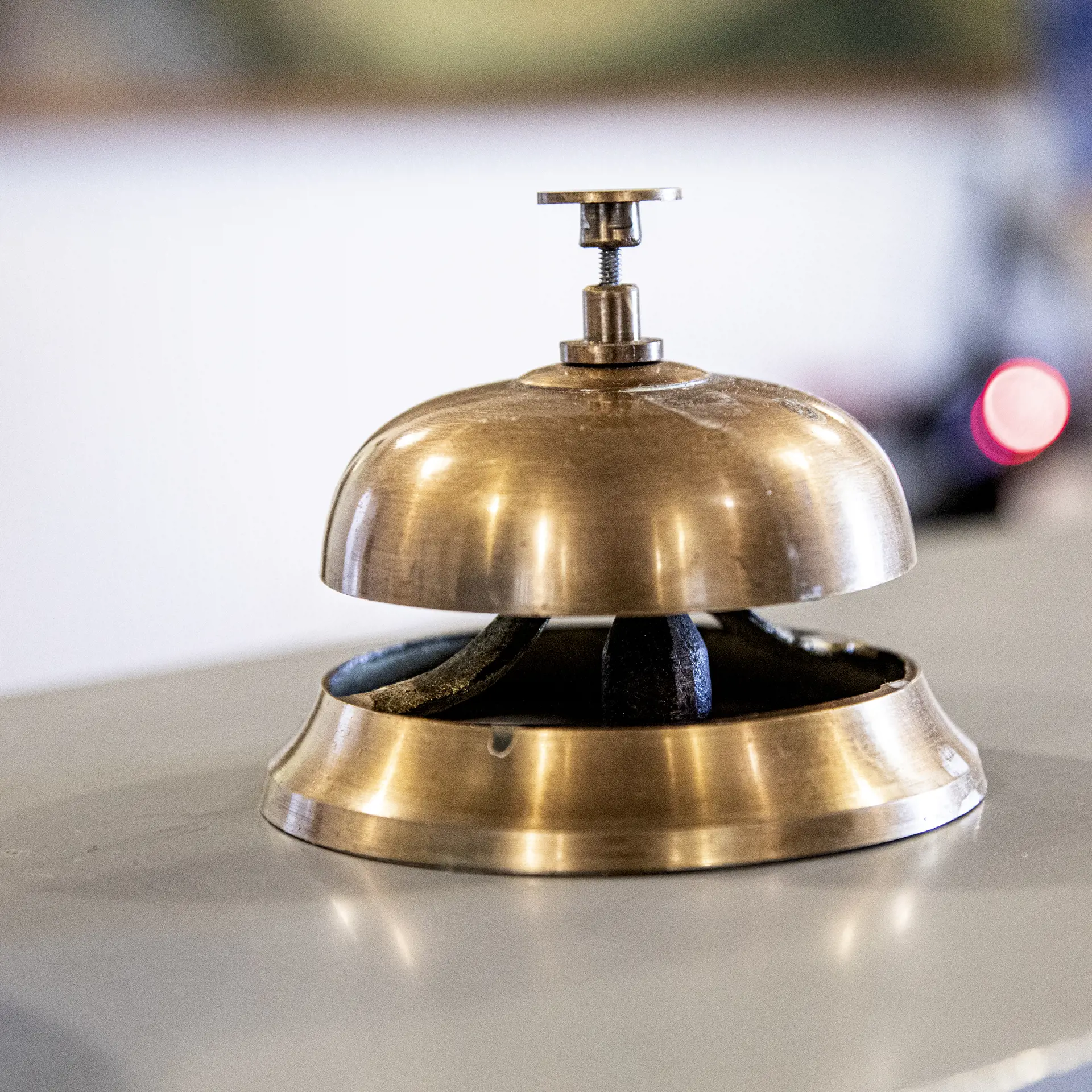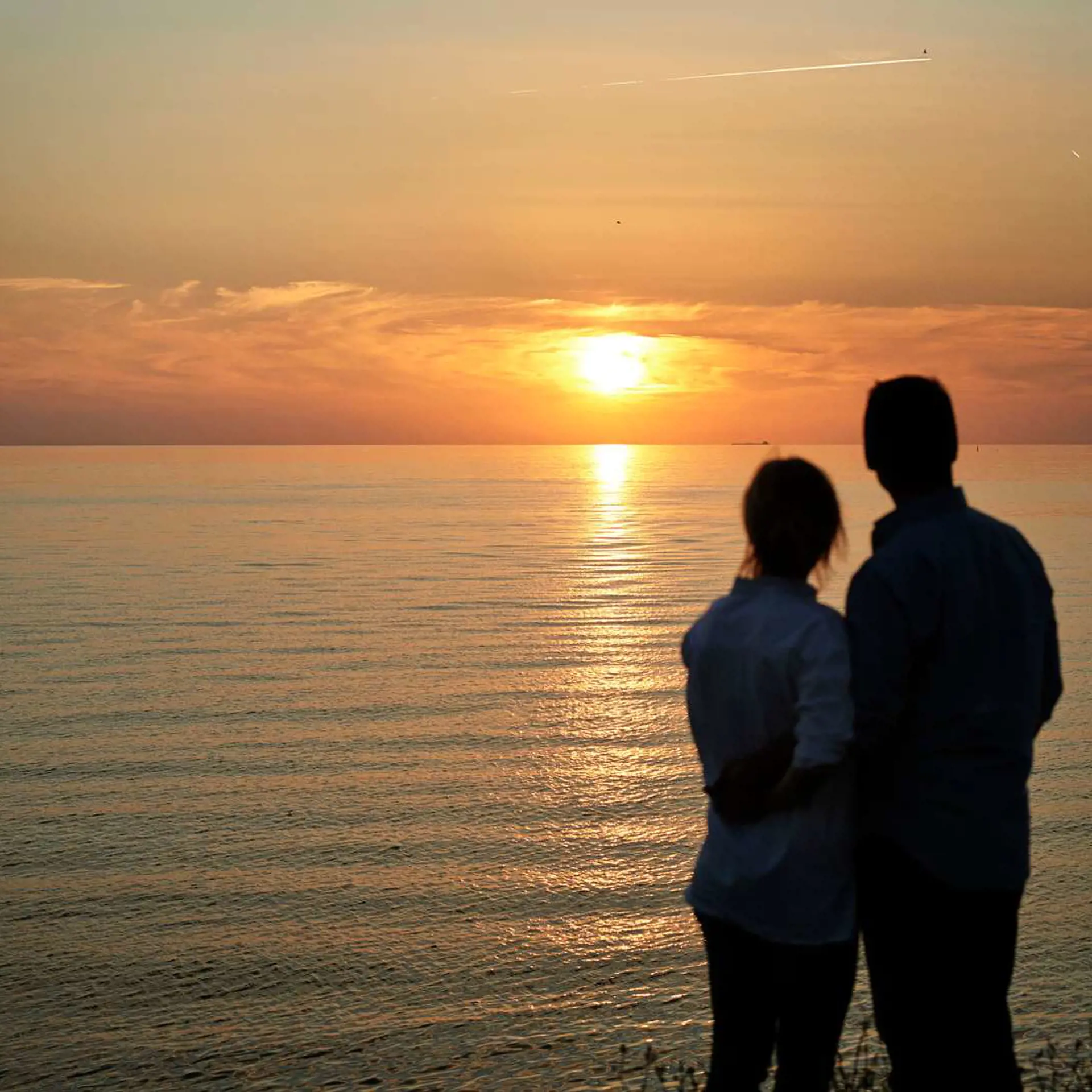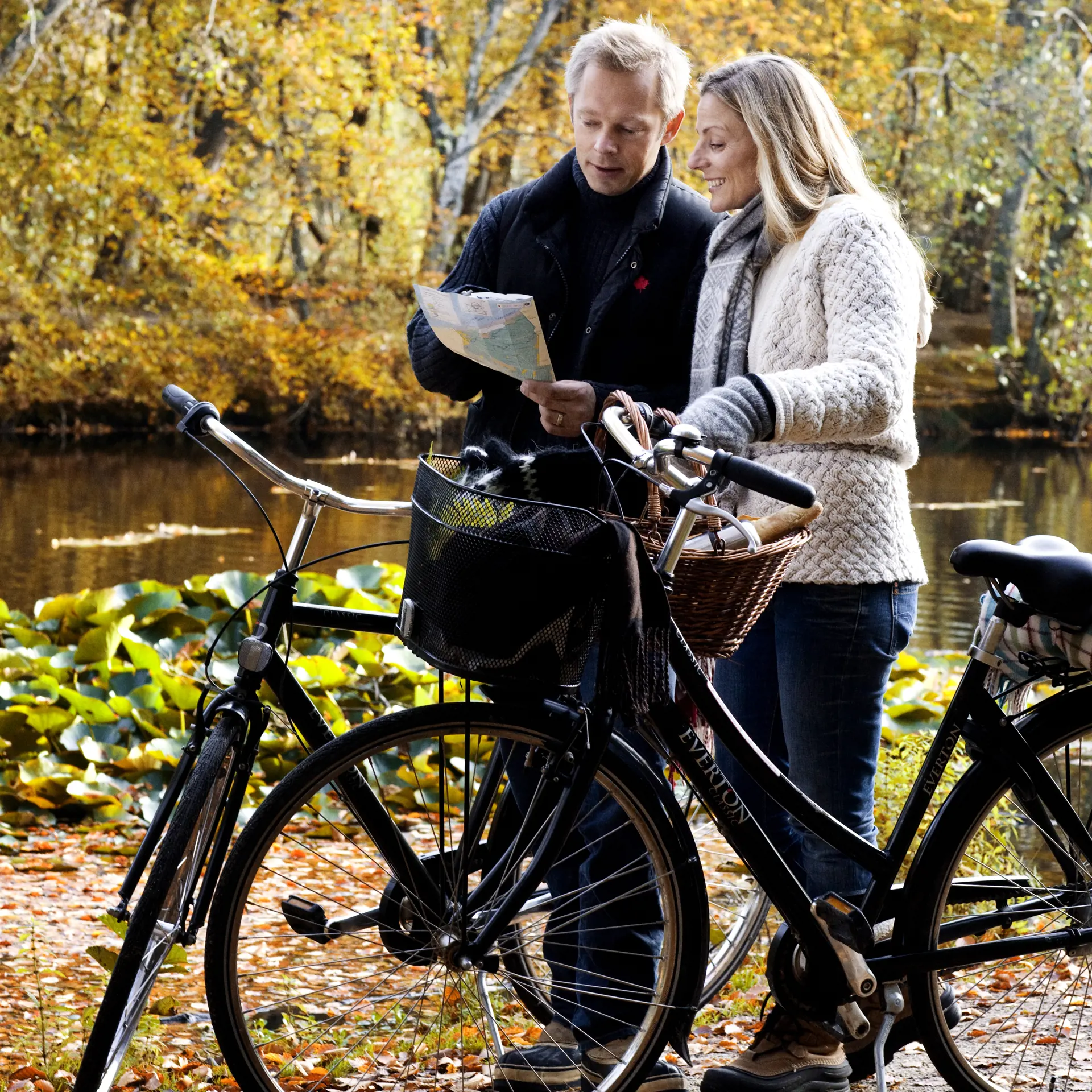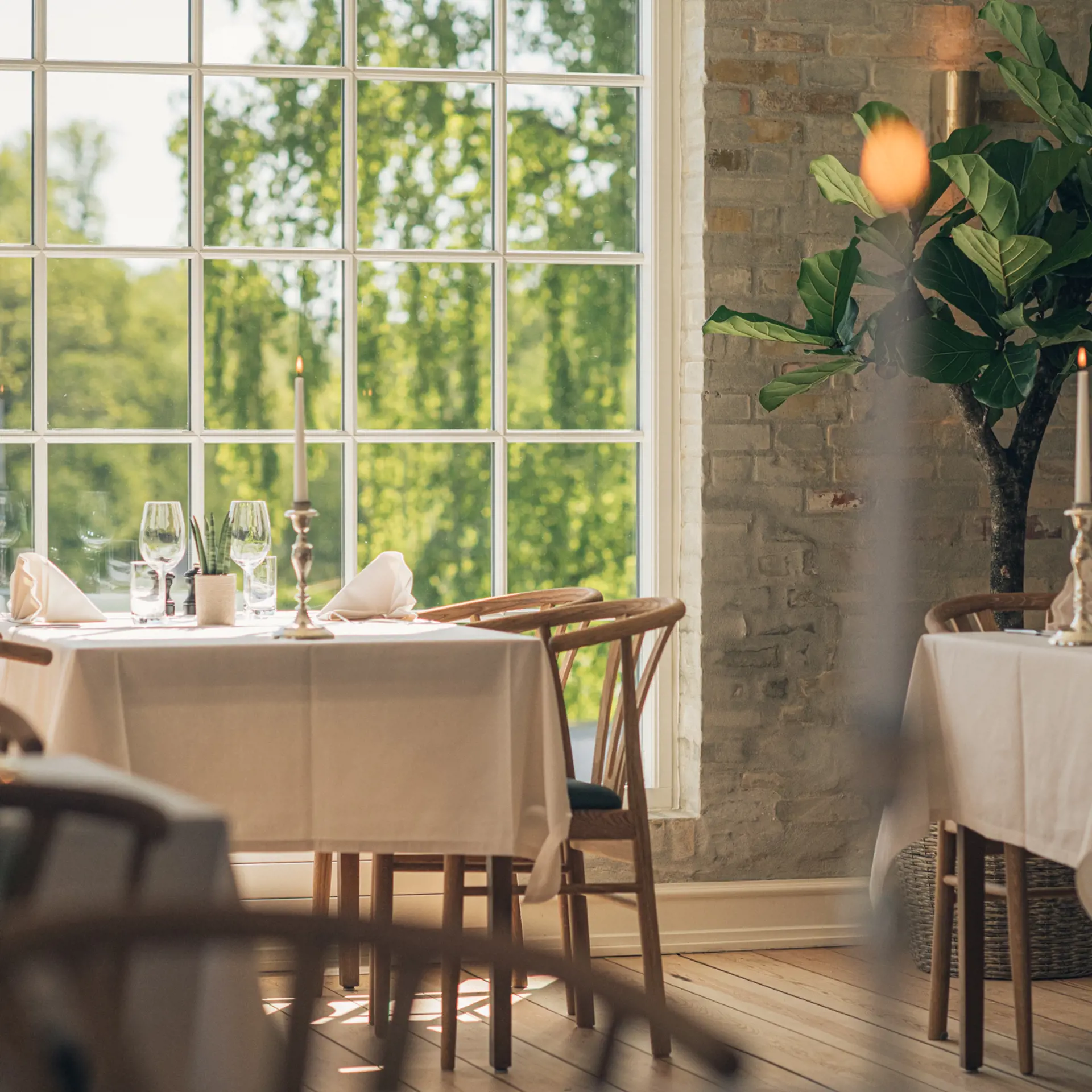Welcome to Small Danish Hotels, where we invite you to a world filled with unforgettable moments and great experiences. Whether you dream of a relaxing weekend, a rejuvenating spa getaway, a historic inn, a romantic escape, a gourmet experience, or an active holiday, we have the perfect place for you. Our destinations across Denmark allow you to explore the beauty and richness of Denmark in comfortable surroundings.
Weekend getaways - A break from everyday life
In need of a well-deserved break from the hustle and bustle of everyday life? Our weekend getaways offer you the opportunity to relax and enjoy wonderful moments. Explore the local area, savor gourmet cuisine, and find peace in our cozy rooms and suites.
Spa retreats - Indulge in wellness
Our spa retreats are designed to provide you with peace and renewal. Pamper yourself with relaxing treatments, enjoy saunas and jacuzzis, and find inner harmony in our beautiful spa areas. Our destinations allow you to revitalize both body and soul.
Inn stays - History, coziness, and warmth
Discover Denmark's history and charm at our historic inns. Our inn stays combine comfortable accommodations with authentic experiences. Taste local dishes, explore the villages, and share quality time with your loved ones.
Beach hotels and castle hotels - Exclusivity and elegance
Our beach hotels and castle hotels epitomize luxury and elegance. Retreat to beautiful coastal settings or a castle in the countryside. Experience fine dining options and let yourself be pampered at our most exclusive destinations.
Gourmet getaways - World-class culinary experiences
For food enthusiasts, our gourmet getaways offer a culinary journey. Taste delicacies made from local ingredients and savor the most enticing dishes at our wide range of delightful restaurants.
Romantic retreats - Moments of love
Create romantic memories at our romantic retreats. Enjoy intimate dinners, walks in beautiful surroundings, and share moments of love together.
Holidays and Seasons - Celebrate with joy
Whether it's New Year's, Christmas, Easter, autumn break, winter holiday, or summer vacation, our destinations are ready to celebrate with joy and traditions.
Active holidays - Explore nature
For adventurous souls, our active holiday experiences give you the opportunity to explore Denmark's nature and culture. Whether you enjoy hiking, cycling, golf, or other outdoor activities, we have the perfect setting for your adventure.
Mini breaks - Short getaways with great experiences
If you need a brief escape from daily life, our mini-break experiences offer a chance to get away and enjoy short but meaningful experiences.
No matter what experience you dream of, Small Danish Hotels has the ideal place for you. Book your stay today, and let's together create unforgettable moments. Welcome to Small Danish Hotels, where every experience is a treasure that lasts.

